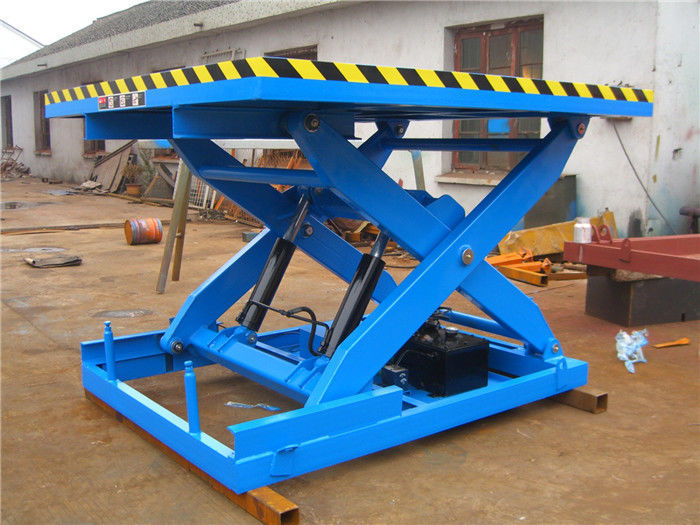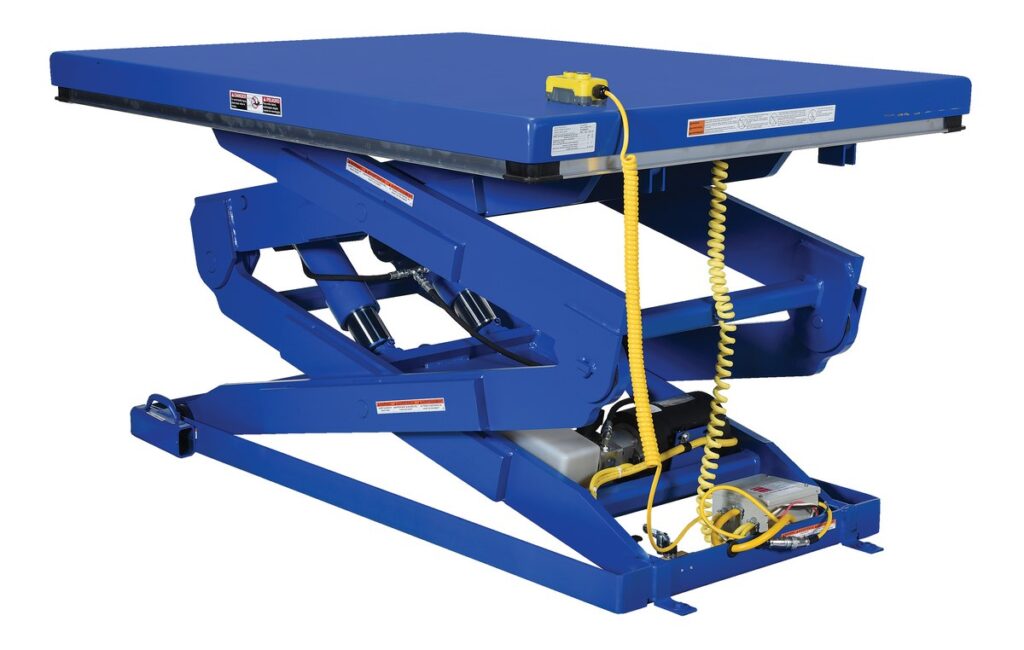Hydraulic lifts
Hydraulic lifts are a type of lifting equipment that utilizes the principles of fluid pressure to raise and lower objects. They are widely used in various industries due to their simplicity, affordability, and reliability. Here’s a breakdown of their key features:

How they work:
- Core principle: They function based on Pascal’s law, which states that pressure applied to a confined incompressible fluid is transmitted equally throughout the fluid in all directions.
- Components: The main components of a hydraulic lift include a cylinder, piston, pump, reservoir, and valves.
- Operation: When the pump forces fluid (usually oil) into the cylinder, it creates pressure that acts on the piston, causing it to extend and lift the platform attached to it. Releasing the pressure allows the piston to retract and the platform to descend.
Types of hydraulic lifts:
- Single-scissor lifts: These have a single scissor mechanism and are compact, making them suitable for tight spaces. They offer lower lifting heights compared to other types.

- Double-scissor lifts: These have two scissor mechanisms stacked on top of each other, providing a higher lifting capacity and reach than single-scissor lift
.

Doublescissor hydraulic lift
- Mast lifts: These have a vertical mast that extends and retracts, offering a wider range of lifting heights and often used for outdoor applications

- Vehicle lifts: These are specifically designed for lifting vehicles, such as cars and trucks, in repair shops and bodywork facilities.

Applications:
- Construction: Lifting materials, tools, and workers to different levels of buildings.
- Manufacturing: Moving heavy objects within production lines and warehouses.
- Maintenance and repair: Accessing machinery and equipment for service and repairs.
- Events and entertainment: Setting up stages, sound systems, and lighting equipment.
- Disability access: Providing wheelchair users with access to different levels of buildings.
Advantages:
- Simple and reliable: Their design is relatively straightforward, making them easy to understand and maintain.
- Affordable: Generally less expensive than other types of lifting equipment with similar capacities.
- Versatile: Available in various types and sizes to suit different needs and applications.
- Portable: Many models are compact and mobile, allowing for easy transport and use in various locations.
Disadvantages:
- Limited height: Hydraulic lifts typically have lower lifting heights compared to other types of lifts like traction lifts.
- Slower speed: Raising and lowering speeds might be slower than other options like electric lifts.
- Maintenance requirements: Regular maintenance is crucial to ensure smooth operation and prevent leaks.
I hope this comprehensive overview provides a clear understanding of hydraulic lifts!